How to Test Drive a Used Car

Shopping for a used car can be tricky if not downright intimidating. Nobody wants to be ripped off.
That goes for you and the person trying to sell their vehicle, but there are some ways you can streamline the process. Here are a few things you can do to ensure you get the most out of your test drive.
Plan Ahead
It’s a good idea is to arrange to arrange test drives with several cars you are considering on the same day. Comparing vehicles back-to-back will save you time and if you are looking at the more than one of the same model, a better sense of what to expect.
SEE ALSO: Used Car Pre-Purchase Inspection: 10 Things to Check
If you aren’t familiar with the area where you’ll be checking out the car, consider mapping out a test drive route. An ideal route will have a good mix of highway, city and suburban streets. Include a dead-end street or parking lot where you can test how the car performs during hard braking. Additionally planning a drive route will keep your mind on the car, rather than the route.
First Contact
When you want to start the test drive, ask the seller to fire up the car while you take a walk around it. Keep an eye on the exhaust. If there is any smoke you may be looking at a pretty big issue. Some sellers warm up the car prior to a buyer visiting, so some issues may be masked. Be sure to ask the seller not to start the car for at least a few hours so you can see it start totally cold. Touch the engine to make sure it hasn’t been running before you see the car start and consider walking away if the seller let the car run anyway.
It’s almost time to hit the road. Check the tires first, ensure they’re inflated, and not worn out. Also ask if there’s a tire repair kit or spare tire available.
Setting Off
Roll down the windows and with the car on, row through the gears if the car has a manual transmission and inspect that the parking brake works normally. Listen for any clunking or grinding when changing the gears. Roll up the windows when you’re about to set off. Start off slowly and apply the brakes to ensure they are working and provide adequate pedal feel. Get comfortable with the feel of the brakes and steering. At slow speeds, sounds and clunks may be clearer to hear. At higher speeds, wind and tire noise can mask unusual noises.
Is the wheel vibrating? This may point to issue with tire balance or front suspension issues involving bushings or CV joints. Sense a vibration in your bottom? That’s not the car giving you the warm fuzzies; it may be a hint of poorly balanced wheels or a rear suspension issue. When you apply the brakes, can you hear grinding? Is there a pulsing? Does the car jerk to one side? If so then the car you’re looking at may need brake repairs.
If the car is feeling solid, then it’s a good time to test its engine and transmission. Applying and letting off on the throttle should be a smooth and linear feeling. Try to get a feel for a sticky throttle or hesitant transmission. Does the car idle normally at stops, or does the needle on the tachometer wander about. These can all be signs of more serious issues. Check how the car performs on rough pavement. Does it wobble and bounce around like a boat in water?
Check Again
Think you’ve got a good idea about the car you’ve been driving? Confirm any doubts by double-checking. Drive over that sketchy pavement again to confirm your first feeling, or roll down the windows to hear if there really is a squeak coming from the wheels.
If you’re still interested in buying the car when that’s all over, ask for an up-to-date vehicle history report. Finally, find a mechanic and pay them to provide a pre-purchase inspection. Don’t ever buy a car without a real professional taking a look around. You can even tell the mechanic about concerns you have from the test drive. If your mechanic is good, he should be able to spot the problems and tell you what they will cost to fix.
Armed with this information, a used car test drive shouldn’t be stressful. Keep an open mind, take your time and pay attention to the small details. Don’t forget that if you have any doubts, you can always just walk away.

Sami has an unquenchable thirst for car knowledge and has been at AutoGuide for the past six years. He has a degree in journalism and media studies from the University of Guelph-Humber in Toronto and has won multiple journalism awards from the Automotive Journalist Association of Canada. Sami is also on the jury for the World Car Awards.
More by Sami Haj-Assaad





















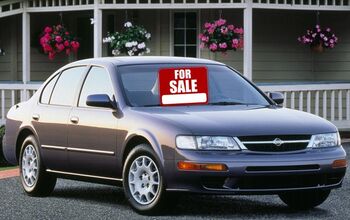





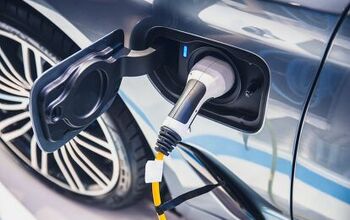


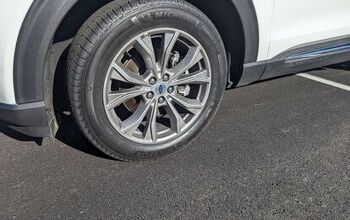
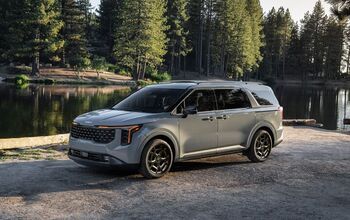



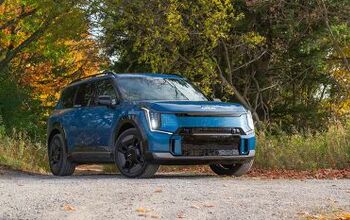
Comments
Join the conversation